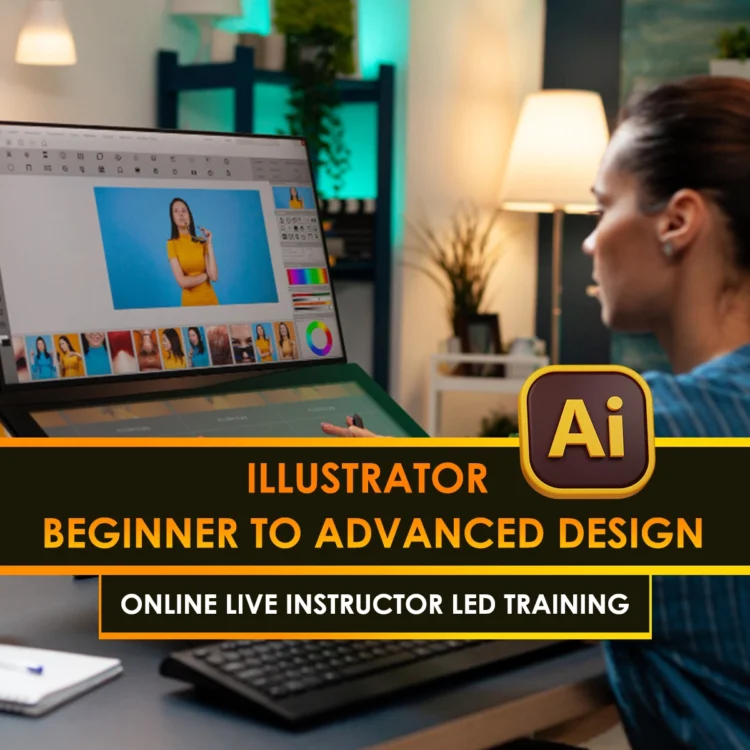Curriculum
- 8 Sections
- 15 Lessons
- 10 Weeks
- Introduction to Social Media DesignOn understanding platform-specific requirements, audience preferences, and creating visually compelling content that aligns with brand identity to effectively engage users and drive interaction on social media platforms.2
- Design Principles for Social MediaInclude using strong typography, balanced composition, effective color schemes, and clear visual hierarchy to create content that is visually appealing, easily readable, and optimized for engagement across different social platforms.2
- Using Design SoftwareMastering tools like Adobe Photoshop, Illustrator, or Canva to create and edit graphics, manipulate images, design layouts, and generate high-quality visuals for various media platforms, ensuring professional and polished results.2
- Creating Engaging GraphicsThat captures attention, communicates your message clearly, and encourages interaction through the use of striking visuals, compelling typography, and dynamic elements like animations or calls-to-action.2
- Branding and ConsistencyGraphic design ensure that your visual elements, like colors, fonts, and logos, remain uniform across all social media platforms, helping to build a recognizable and cohesive identity that strengthens brand awareness and trust.2
- Optimizing Graphics for Different PlatformsThe size, resolution, and format of your designs to meet the specific requirements and best practices of each social media platform, ensuring they display correctly and engage the target audience effectively.2
- Effective Use of Call-to-Actions (CTAs)Involves designing clear, compelling prompts that encourage users to take specific actions, such as clicking, signing up, or purchasing, while maintaining visual appeal and alignment with the overall design.1
- Analyzing Design PerformanceAnalyzing design performance involves using metrics and analytics tools to assess the effectiveness of your graphics in engaging the audience and achieving desired outcomes on social media.2





















